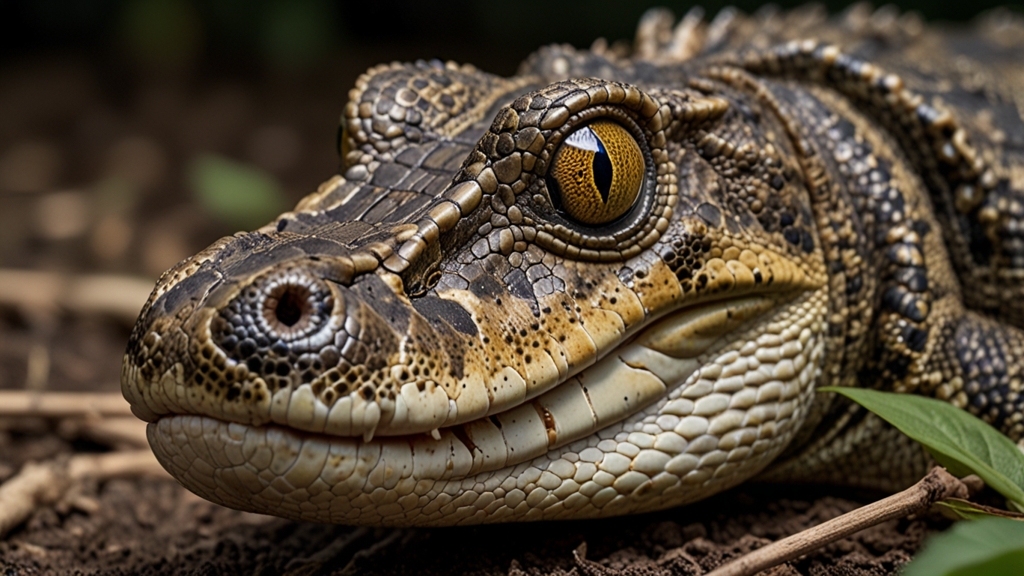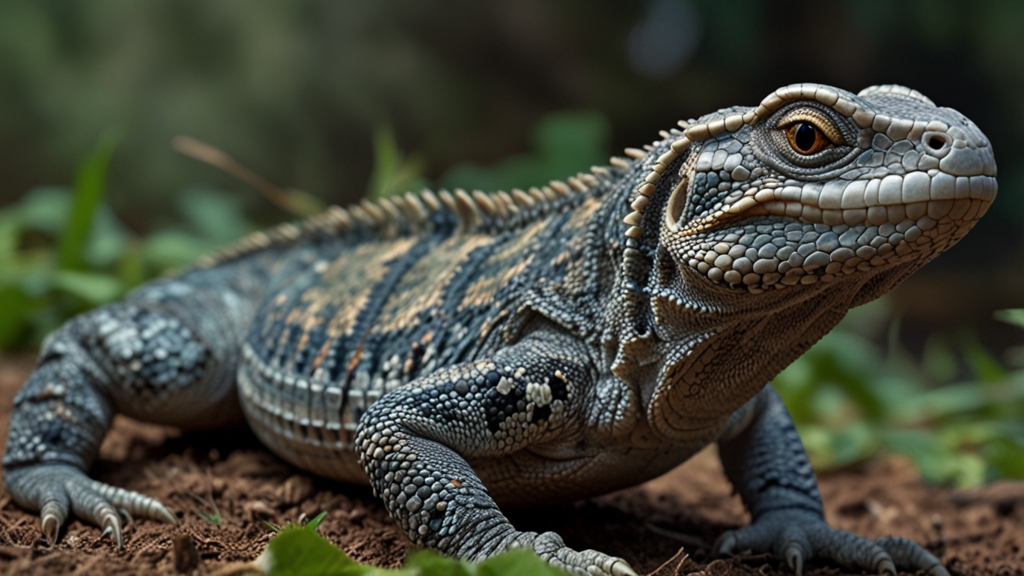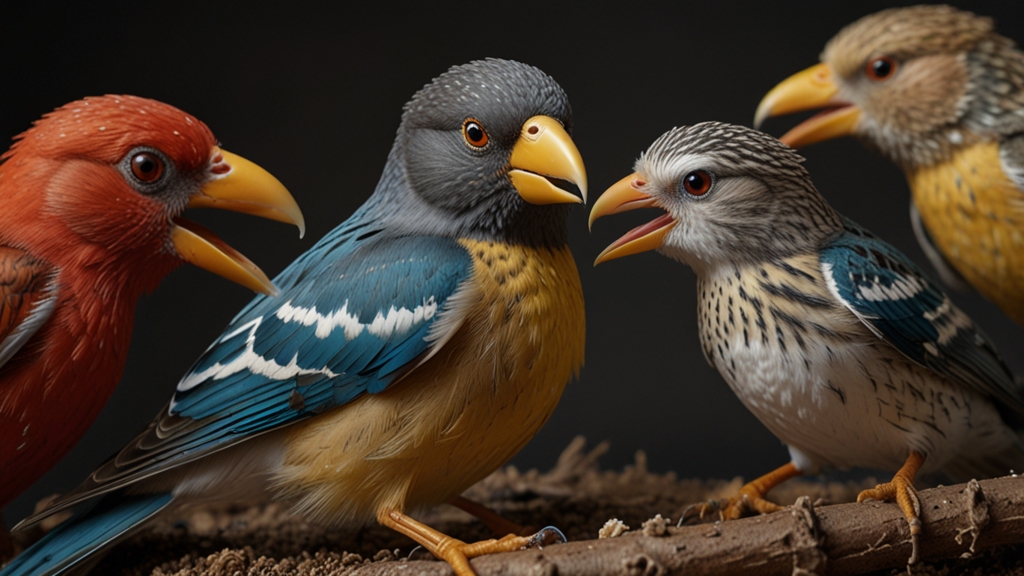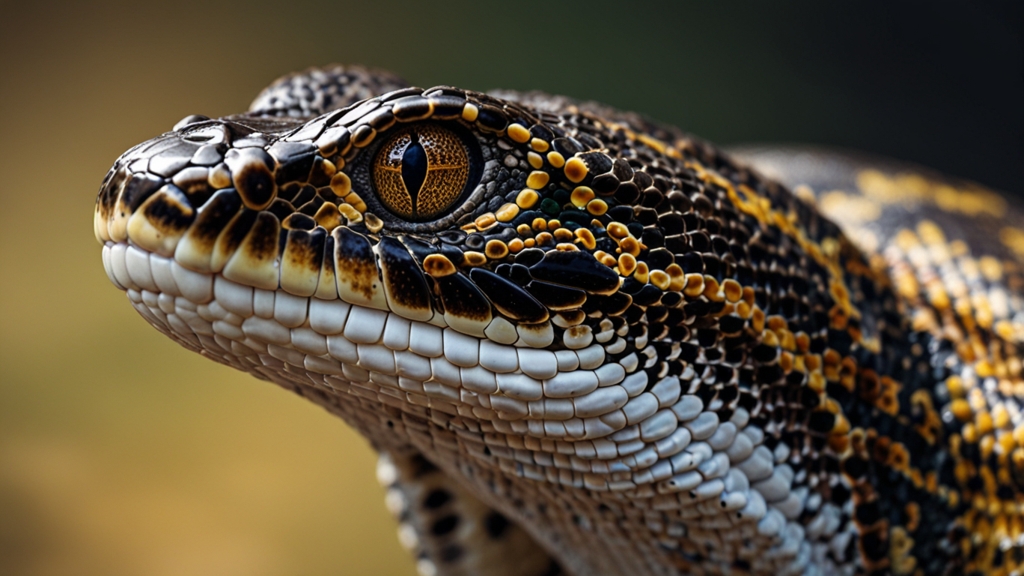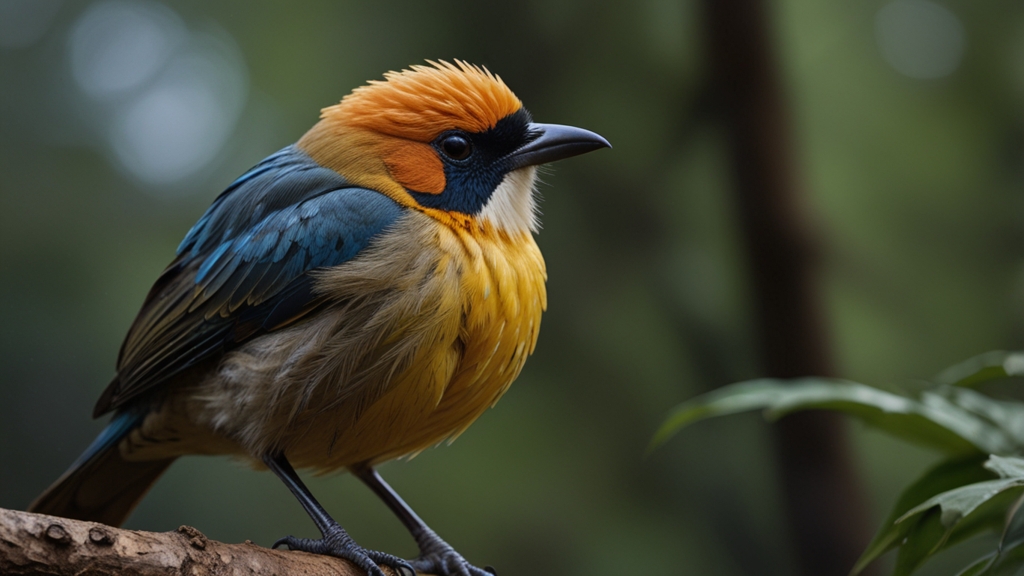From Pythons to Alligators: The Diversity of Reptile Diets
Reptiles, a fascinating and diverse group of animals, possess a remarkable range of dietary habits that reflect their adaptability and evolutionary success. From the massive alligator to the sleek python, the variety in their diets is astounding. Some feed exclusively on meat, while others are more versatile, consuming both plant and animal matter. Understanding these diets provides insight into their behavior, habitat preferences, and ecological roles.
Carnivorous Giants: Alligators and Komodo Dragons
Among the largest and most fearsome reptiles are alligators and Komodo dragons, both of which are obligate carnivores. Alligators, found primarily in the United States and China, consume a diverse array of prey including fish, birds, mammals, and occasionally smaller reptiles. Their powerful jaws and stealthy hunting techniques make them formidable predators.
Komodo dragons, native to a few Indonesian islands, are known for their impressive size and deadly bite, which contains toxic bacteria. They are apex predators, feeding on deer, pigs, and even water buffalo. Their hunting strategy often involves a stealthy approach followed by a sudden attack, guided by their exceptional sense of smell.
"Alligators and Komodo dragons epitomize the primal nature of reptilian predation. Their diets are a testament to their position at the top of the food chain."
Slithering Hunters: Pythons and Vipers
Pythons and vipers are another captivating group of carnivorous reptiles, known for their unique hunting methodologies. Pythons, which include some of the world's largest snakes, use constriction to subdue their prey. They are generalist feeders, consuming mammals, birds, and occasionally reptiles. Their ability to consume prey much larger than their head size through jaw dislocation is a remarkable adaptation.
Vipers, on the other hand, are venomous snakes that rely on their toxic bite to immobilize and digest their prey. They typically feed on small mammals, birds, and sometimes amphibians. Vipers have long, hinged fangs that inject venom deeply, allowing them to tackle prey efficiently. Their heat-sensing pits enable them to locate warm-blooded prey even in complete darkness.
"The specialized feeding strategies of pythons and vipers highlight the incredible adaptability of reptiles. Their diets reveal a complex interplay of evolution and ecological niches."
Versatile Feeders: Iguanas and Tortoises
Not all reptiles are strict carnivores. Many, like iguanas and tortoises, have more varied diets that include plant material. Green iguanas are primarily herbivorous, feeding on leaves, flowers, and fruits. They possess a specialized digestive system that allows them to break down tough plant fibers, extracting necessary nutrients. This dietary flexibility helps them thrive in diverse environments, from tropical rainforests to arid regions.
Tortoises, particularly terrestrial species like the Galápagos tortoise, are known for their herbivorous diet. They graze on grasses, leaves, and cacti. Their slow metabolic rate and efficient digestive system allow them to extract maximum nutrition from their plant-based diet. Some tortoise species also consume small invertebrates, showcasing their opportunistic feeding behavior.
Omnivores: The Balance of Both Worlds
Several reptile species exhibit omnivorous feeding habits, balancing their diet with both animal and plant matter. Box turtles, for example, consume a variety of insects, worms, berries, and fungi. This diverse diet provides them with essential nutrients and energy, allowing them to adapt to changing seasonal availability of food.
The common snapping turtle is another omnivorous reptile, feeding on aquatic plants, fish, amphibians, and occasionally birds and small mammals. This dietary flexibility plays a crucial role in their survival across different freshwater habitats.
"Omnivorous reptiles like box turtles and snapping turtles demonstrate the importance of dietary adaptability. Their ability to consume a wide range of food sources ensures their resilience in fluctuating environments."
Conclusion
The diversity of reptile diets is a reflection of the group's incredible adaptability and evolutionary ingenuity. From the carnivorous ferocity of alligators and pythons to the herbivorous habits of iguanas and tortoises, these food preferences shape their behavior, habitat selection, and ecological interactions. Omnivores like box turtles bridge the gap, showcasing the versatility that has allowed reptiles to flourish across a multitude of environments worldwide.
Understanding these dietary habits not only satisfies our curiosity but also informs conservation efforts, helping us to protect these remarkable creatures and their habitats. In essence, the varied diets of reptiles are a testament to nature's capacity for innovation and adaptation.
